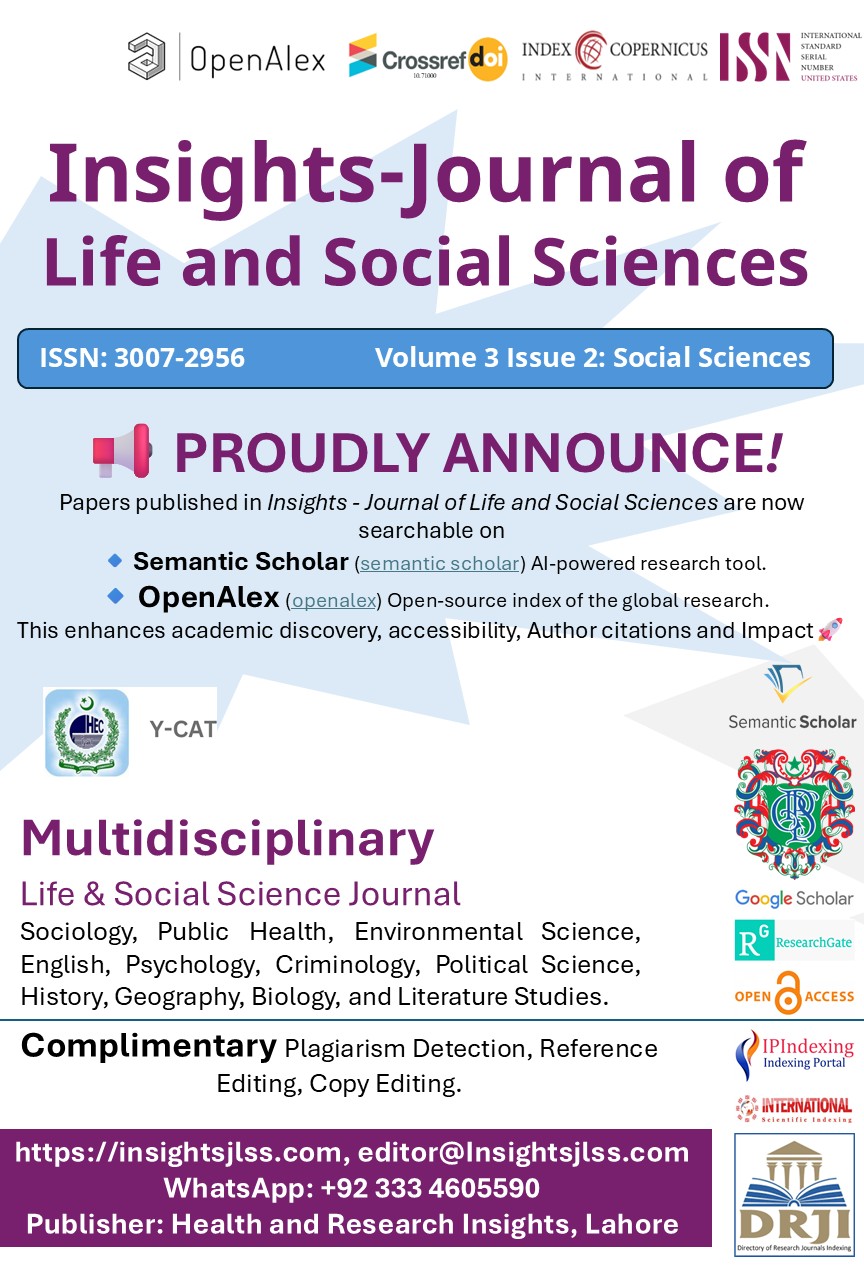CRISPR/CAS-MEDIATED BIOFORTIFICATION OF CROP PLANTS: ADVANCING NUTRITIONAL ENHANCEMENT THROUGH PRECISION GENOME EDITING
Main Article Content
Abstract
Background: Micronutrient malnutrition, also known as hidden hunger, continues to pose a major global public health burden, particularly in regions where populations rely heavily on staple crops such as rice, wheat, and maize. Traditional methods of biofortification, including selective breeding and agronomic practices, have had limited impact in overcoming the scale and complexity of these deficiencies.
Objective: This narrative review explores the role of CRISPR/Cas genome editing technology as a next-generation approach for the biofortification of staple crops to improve their nutritional quality and address widespread vitamin and mineral deficiencies.
Main Discussion Points: The review outlines the limitations of conventional and transgenic methods and highlights the advantages of CRISPR/Cas systems in enabling precise, efficient, and stable edits in biosynthetic and transport pathways related to iron, zinc, provitamin A, and other nutrients. It discusses key crop-specific applications, emerging CRISPR variants such as base and prime editing, and their potential in climate-resilient crop development. The review also identifies challenges such as off-target effects, regulatory uncertainty, and public perception, emphasizing the need for cross-sectoral solutions.
Conclusion: CRISPR/Cas technology presents a transformative opportunity for global nutritional enhancement. Its successful adoption depends on further interdisciplinary research, robust regulatory frameworks, and proactive public engagement to meet nutritional goals aligned with SDG-2 (Zero Hunger).
Article Details

This work is licensed under a Creative Commons Attribution-NonCommercial-NoDerivatives 4.0 International License.
